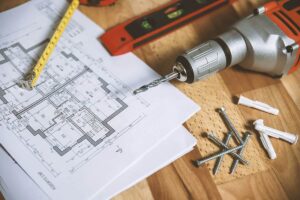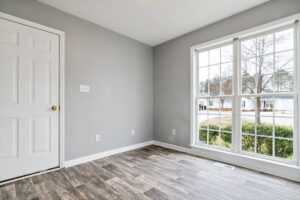Where to Start When Remodeling an Old House
Remodeling an old house can be exciting and overwhelming at the same time. On one hand, you have a blank canvas to bring your vision to life and create a unique space that reflects your style and personality. On the other hand, there are countless decisions to make and potential challenges to overcome.
One of the most important steps in any remodeling project is knowing where to start. This can help you stay organized, on track, and within budget. In this blog post, we will discuss some key areas to consider when embarking on a home renovation journey.
Assess the Structural Integrity of Your House
Before diving into any cosmetic changes, it’s crucial to evaluate the structural integrity of your old house. This will help you identify any potential issues that need to be addressed before moving forward.
Start by examining the foundation, walls, and roof for any signs of damage or deterioration. Look for cracks, water damage, and uneven floors. If you’re not sure what to look for or if you notice any red flags, it’s best to consult a professional contractor or structural engineer.
Once you have a clear understanding of the overall condition of your house, you can move on to planning for renovations.
Make a List of Priorities
Remodeling an old house can quickly become overwhelming, which is why it’s essential to prioritize your goals and needs. Start by making a list of all the areas in your house that need attention. This can include everything from outdated plumbing to a cramped kitchen.
Next, rank these items in order of importance and urgency. For example, safety and structural issues should always take priority over cosmetic changes. Then, consider your budget and timeline when determining which projects are feasible at this time.
Having a clear list of priorities will help you stay focused and avoid getting sidetracked by less critical tasks.
Set a Realistic Budget
Remodeling an old house can be costly, especially if you run into unexpected issues or want to include high-end finishes. That’s why it’s crucial to set a realistic budget before starting any renovations.
Start by researching the average costs for each of your top priorities. This will give you a rough estimate of how much your project may cost. Be sure to also factor in any additional costs, such as permits and labor.
Once you have a budget in mind, add a contingency fund of 10-20% for unexpected expenses. This will help prevent any surprises or delays down the road.
Consider Your Timeline
Renovating an old house is not a quick process, so it’s important to have a realistic timeline in mind. This can help you plan for temporary living arrangements or make necessary accommodations, such as using one bathroom instead of two.
Factor in the time it will take to complete each project and any potential delays. It’s always better to overestimate rather than underestimate the time needed for renovations.
Don’t Forget About Energy Efficiency
Old houses are notorious for being inefficient when it comes to energy usage. As you plan your renovations, consider incorporating energy-efficient upgrades. This can include installing new windows, adding insulation, or upgrading to energy-efficient appliances.
Not only will this help reduce your utility bills in the long run, but it can also make your home more comfortable and environmentally friendly.
Hire Trusted Professionals
While some DIY projects may be feasible, it’s always best to hire professionals for major renovations. This is especially true for an old house, as there may be hidden issues or unique challenges that require expertise.
Do your research and hire trusted professionals with experience in remodeling old houses. This will help ensure the job is done correctly and minimize potential problems down the road.
Have a Plan B
Even with the best planning and preparation, it’s essential to have a backup plan in case things don’t go as expected. This could include having a temporary living arrangement or budgeting for unexpected expenses.
Having a Plan B can help alleviate stress and keep your project on track if unforeseen challenges arise.
Conclusion
Remodeling an old house can be a daunting task, but with proper planning and preparation, it can also be a rewarding experience. By assessing the structural integrity of your house, setting priorities, budgeting accordingly, and hiring trusted professionals, you can turn your old house into a beautiful and functional home. Remember to be patient and flexible as renovations can often take longer than expected. With determination and careful planning, you can bring new life to your old house and create a space that you can truly call your own.
For More Details Contact Us!








